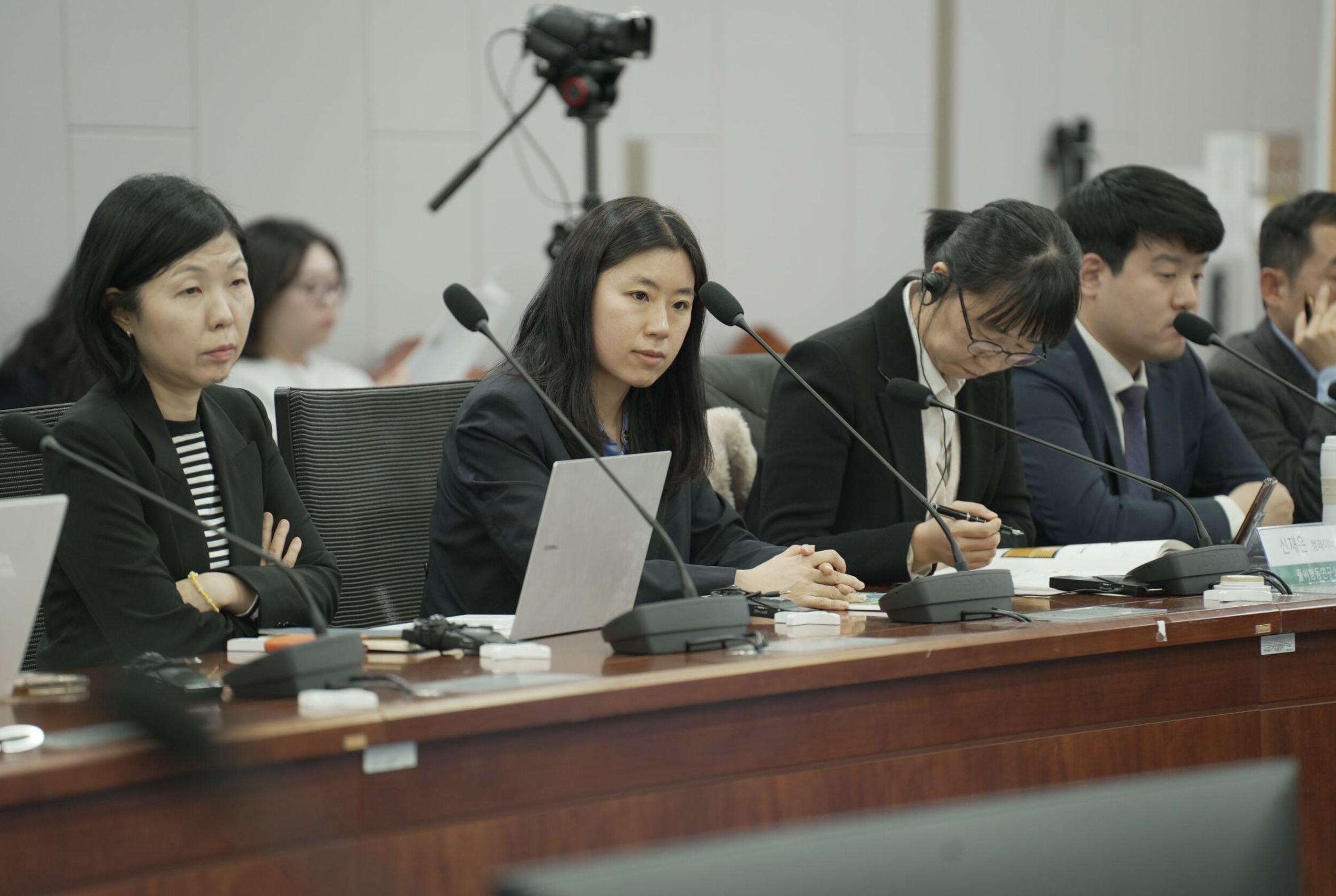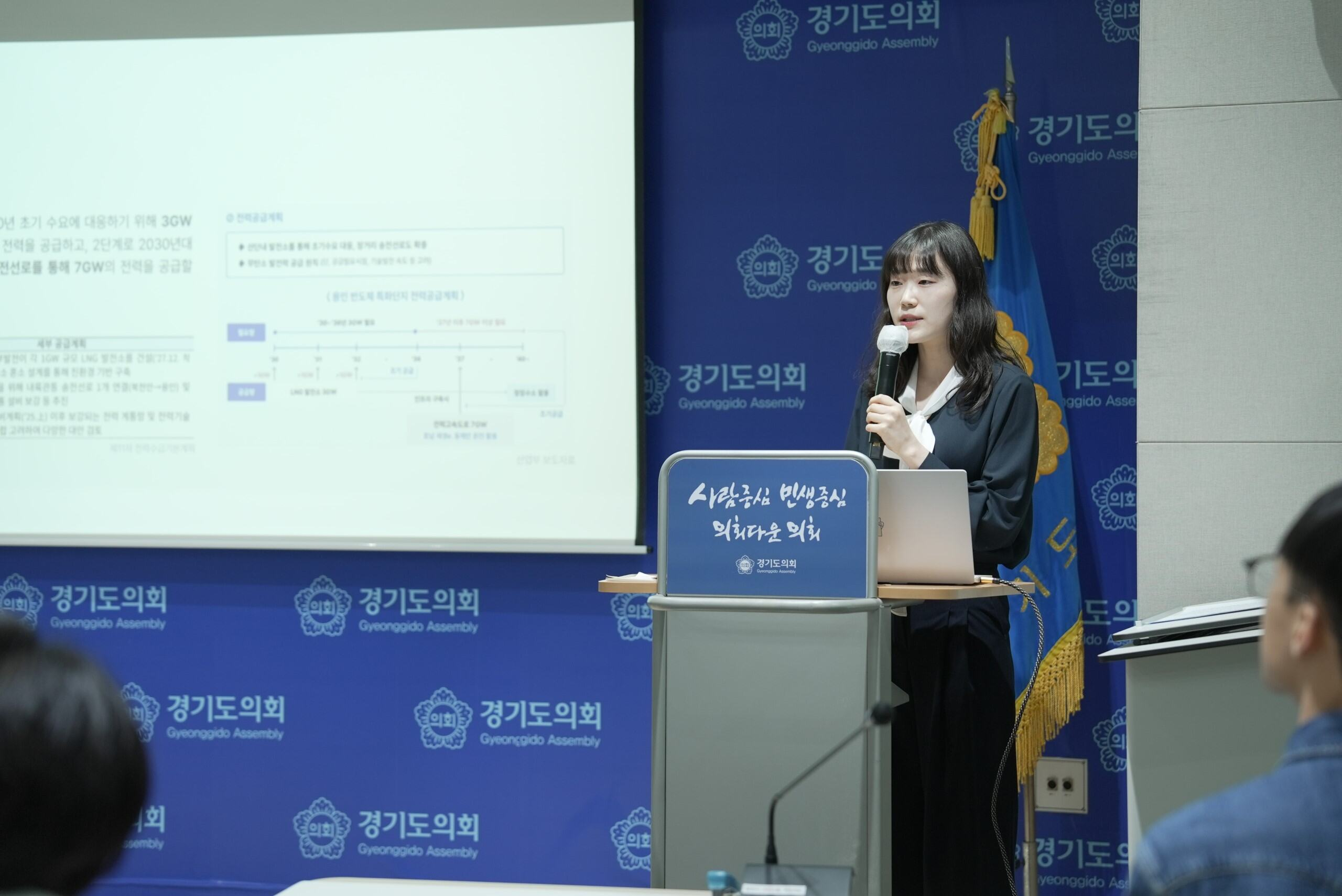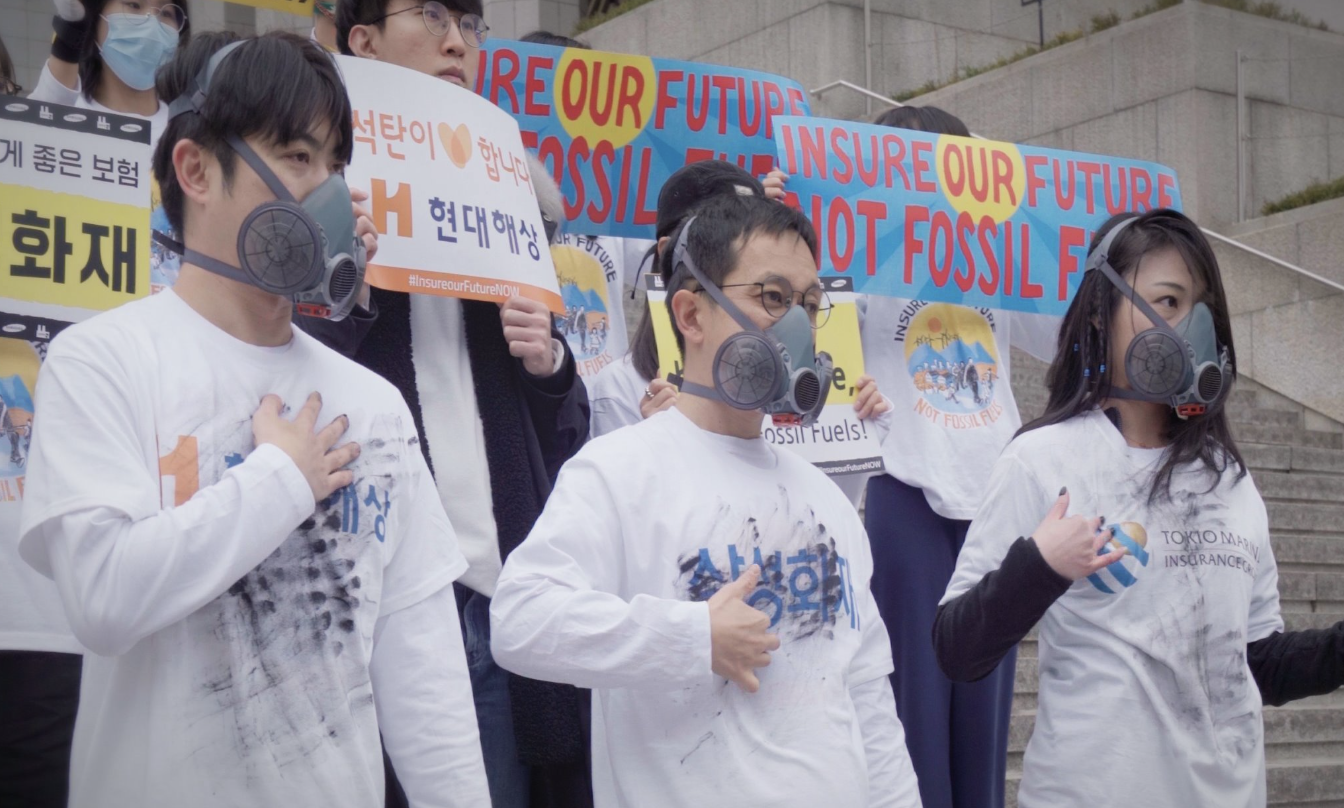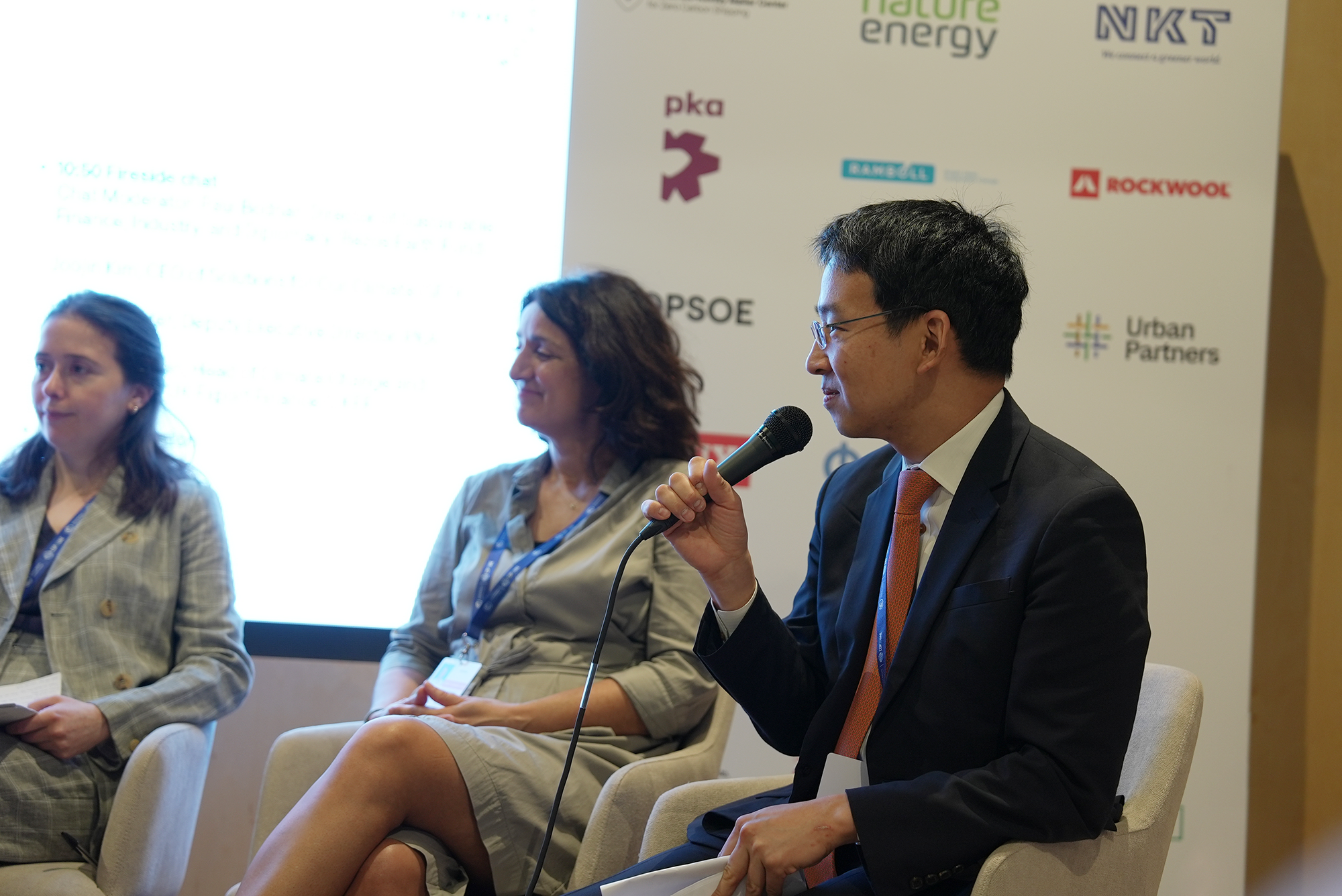![[Report] Financing a Paris-Aligned Coal Exit in South Korea](https://content.sfoc.tapahalab.com/images/research/ld8wdme.jpg)
Executive summary
South Korea must rapidly retire coal-fired power generation to address the climate crisis and Korea Electric Power Corporation (KEPCO)’s financial crisis. Nevertheless, the country has yet to bring forward its 2050 coal phaseout year to 2030, a global consensus to meet Paris Agreement. Financing the transition of coal power assets can facilitate their early retirement by addressing the remaining financial interests, thus minimizing power generation companies’ opposition.
In this report, we (1) present existing mechanisms that deploy public finance or private finance for the early shutdown of coal-fired power plants and (2) estimate the size of financing needed to close all South Korean coal power plants by 2030 and 2035, respectively.
The findings indicate that South Korea can achieve a 2035 coal phaseout with an investment of USD 1.4 billion (KRW 1.8 trillion). This is much lower than the added settlement cost of coal power generation, which was an increase of USD 2.2 billion (KRW 2.9 trillion) in the first quarter of 2022. In other words, transition finance for an early coal exit is a reasonable investment that can help resolve a major cause behind KEPCO’s USD 22.8 billion (KRW 30 trillion) deficit in 2022 alone. A complete coal phase-out by 2030 is achievable with an estimated investment of USD 5 billion (KRW 6.6 trillion).

The Korean government can induce the transition of the coal power assets and business restructuring by providing financing to public financial institutions on the condition that they must be used only for the purposes of transition into renewable energy assets and for a just transition. Beyond the scope of this report, further research is needed to estimate the size of the financing required for just transition, the transition of power systems and grid, etc.
We do not intend this report to be construed as providing any legal, political, or economic basis to support the coal asset holders’ demands for compensation. Rather, Solutions for Our Climate regards that the utilities have made risky investments despite the rising economic and environmental risks from coal power generation and thus have significantly contributed to a serious drag on KEPCO’s finances and the South Korean economy. Therefore, the legally acceptable level of financial assistance would likely be less than the amount estimated in this report. For the purposes of facilitating the coal phase out discussions, this report nonetheless presents an estimate that coal asset owners would commercially expect.
To learn more, please download the report below.
More information on the power market model used in this report can be found on the homepage of Next Group.

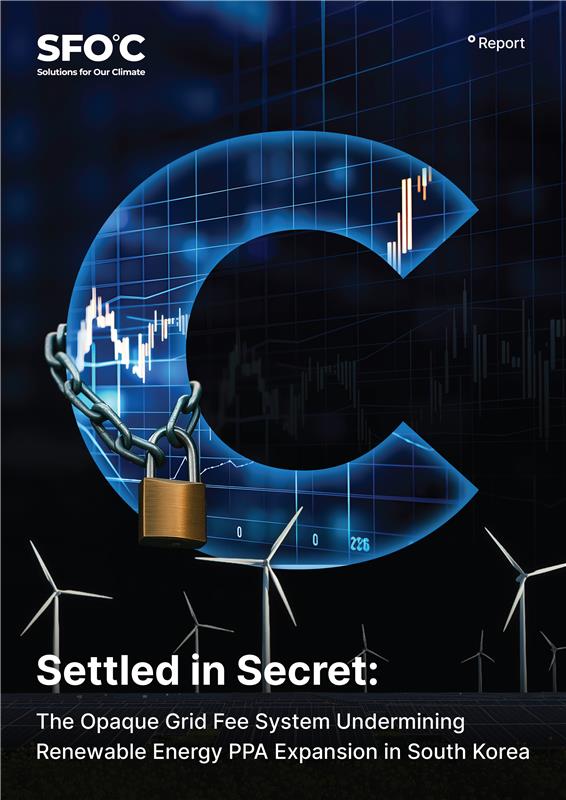
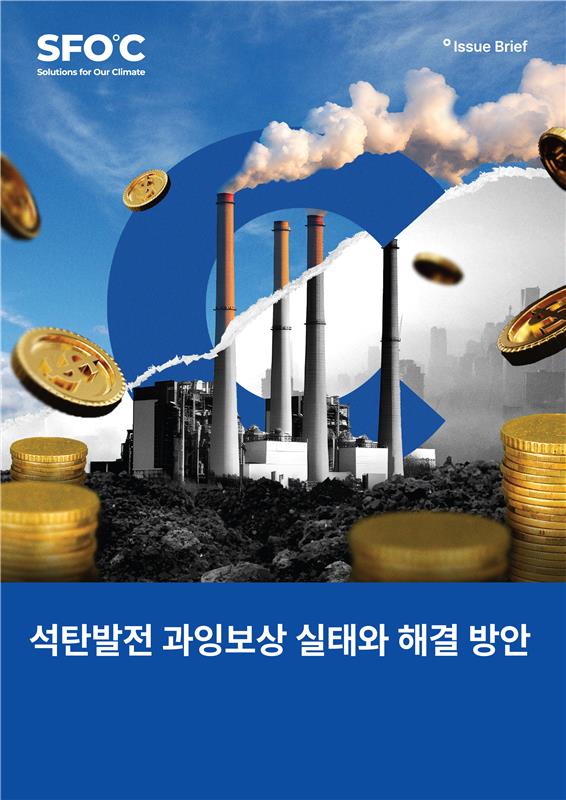

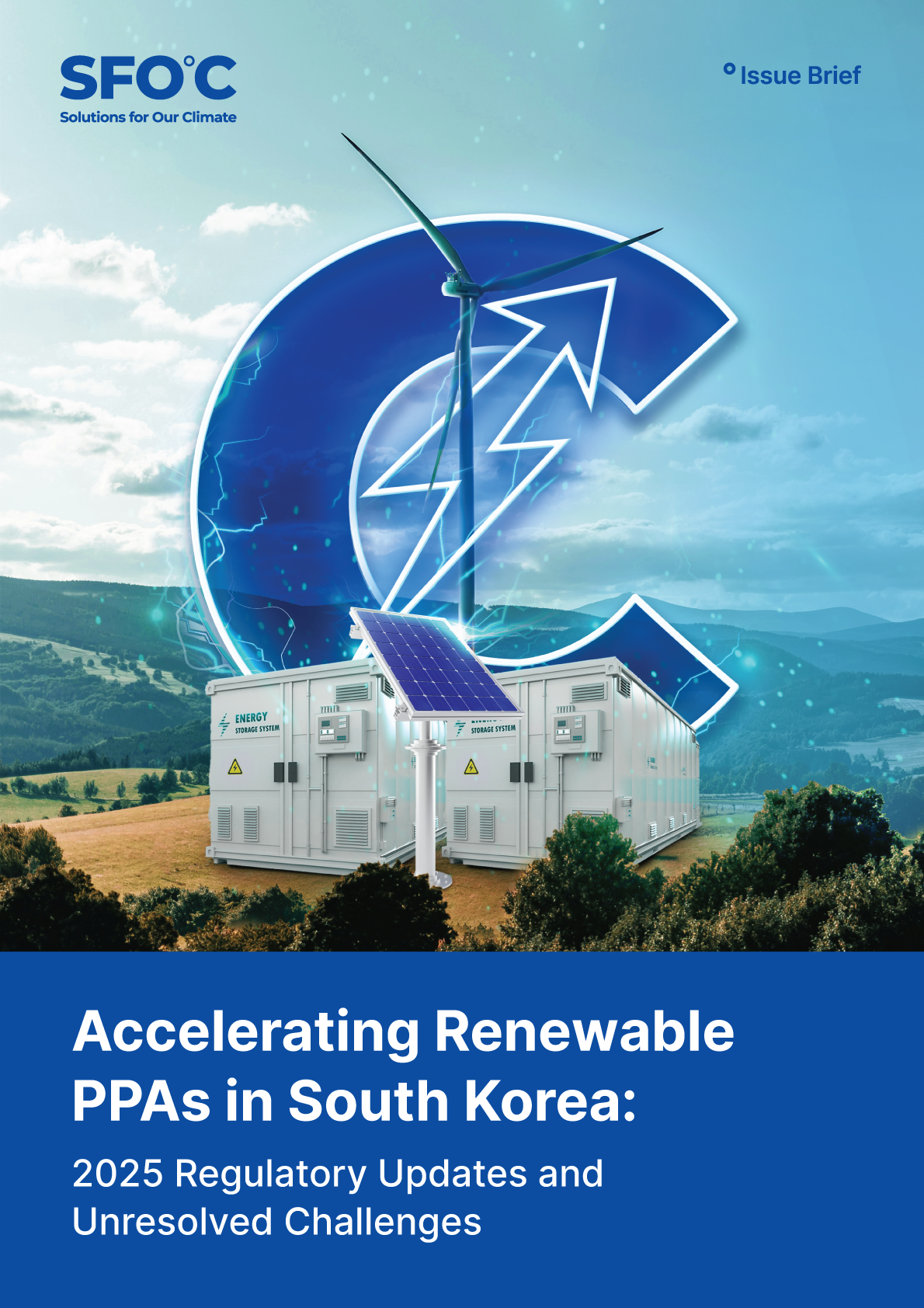
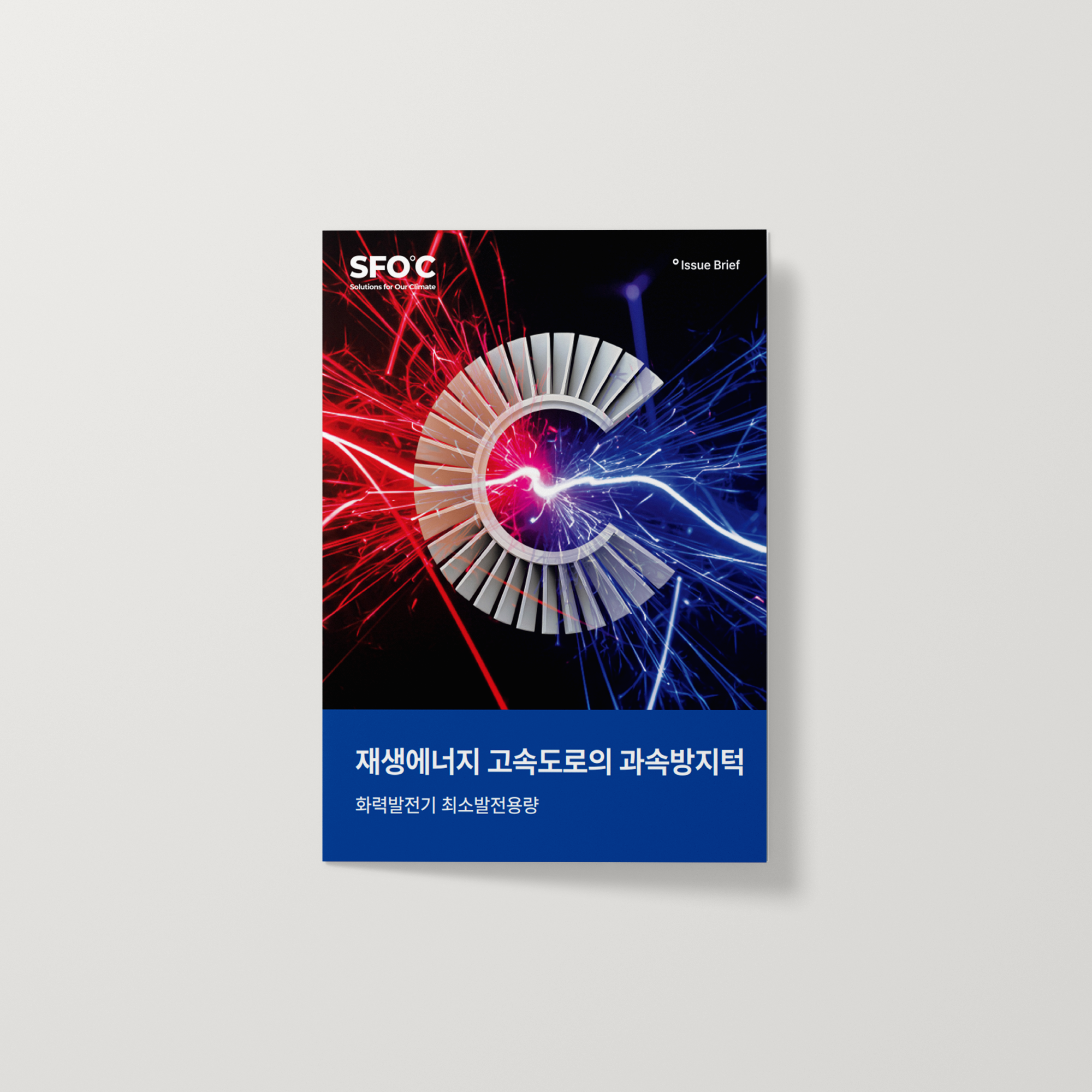










![[Consultation Brief] No Room for New Gas in South Korea](https://content.sfoc.tapahalab.com/images/research/uDmDeme.jpg)


![[이슈브리프] 한전 적자 부추기는 전력시장 보상제도와 거버넌스](https://content.sfoc.tapahalab.com/images/research/FzvSdme.jpg)

![[ISSUE BRIEF] Fossil Fuels, the Main Culprit behind KEPCO’s Deficit](https://content.sfoc.tapahalab.com/images/research/q5TSdme.jpg)


![[이슈 브리프] 좌초되는 한국형 RE100 제도: 망이용료와 제3자 PPA를 중심으로](https://content.sfoc.tapahalab.com/images/research/etandme.jpg)

